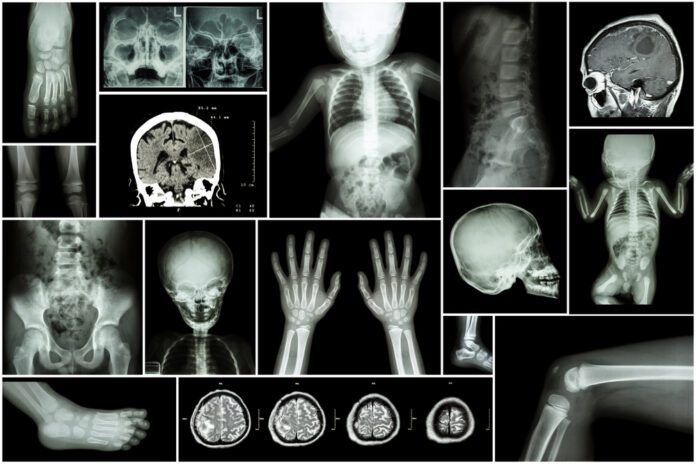Overview Of Osteogenesis Imperfecta
Osteogenesis Imperfecta is a condition causing extremely fragile bones.
Commonly Associated With
Brittle bone disease; Congenital disease; OI
Causes Of Osteogenesis Imperfecta
Osteogenesis imperfecta (OI) is present at birth. It is often caused by a defect in the gene that produces type 1 collagen, an important building block of bone. There are many defects that can affect this gene. The severity of OI depends on the specific gene defect.
If you have 1 copy of the gene, you will have the disease. Most cases of OI are inherited from a parent. However, some cases are the result of new genetic mutations.
A person with OI has a 50% chance of passing on the gene and the disease to their children.
Symptoms Of Osteogenesis Imperfecta
All people with OI have weak bones, and fractures are more likely. People with OI are most often below average height (short stature). However, the severity of the disease varies greatly.
The classic symptoms include:
- Blue tint to the whites of their eyes (blue sclera)
- Multiple bone fractures
- Early hearing loss (deafness)
- Because type I collagen is also found in ligaments, people with OI often have loose joints (hypermobility) and flat feet. Some types of OI also lead to the development of poor teeth.
Symptoms of more severe forms of OI may include:
- Bowed legs and arms
- Kyphosis
- Scoliosis (S-curve spine)
Exams & Tests
OI is most often suspected in children whose bones break with very little force. A physical exam may show that the whites of their eyes have a blue tint.
A definitive diagnosis may be made using a skin punch biopsy. Family members may be given a DNA blood test.
If there is a family history of OI, chorionic villus sampling may be done during pregnancy to determine if the baby has the condition. However, because so many different mutations can cause OI, some forms cannot be diagnosed with a genetic test.
The severe form of type II OI can be seen on ultrasound when the fetus is as young as 16 weeks.
Treatment Of Osteogenesis Imperfecta
There is not yet a cure for this disease. However, specific therapies can reduce the pain and complications from OI.
Drugs that can increase the strength and density of bone are used in people with OI. They have been shown to reduce bone pain and fracture rate (especially in the bones of the spine). They are called bisphosphonates.
Low impact exercises, such as swimming, keep muscles strong and help maintain strong bones. People with OI can benefit from these exercises and should be encouraged to do them.
In more severe cases, surgery to place metal rods into the long bones of the legs may be considered. This procedure can strengthen the bone and reduce the risk of fracture. Bracing can also be helpful for some people.
Surgery may be needed to correct any deformities. This treatment is important because deformities (such as bowed legs or a spinal problem) can interfere with a person’s ability to move or walk.
Even with treatment, fractures will occur. Most fractures heal quickly. Time in a cast should be limited, because bone loss may occur when you do not use a part of your body for a period of time.
Many children with OI develop body image problems as they enter their teenage years. A social worker or psychologist can help them adapt to life with OI.



